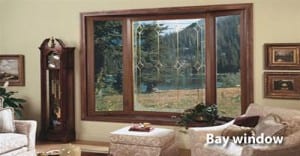The U.S. Environmental Protection Agency released its final draft of the Version 6.0 specification for Energy Star windows and doors. Among the changes in the latest proposal is a revised implementation date, with the new standards now set to take effect January 1, 2015, instead of early 2014, as previously planned. The draft maintains a 0.27 U-factor maximum for windows in the Northern climate zone. This is an increase from the previous U-factor maximum of 0.30. The latest version of the criteria also includes air leakage labeling requirements, revised to allow existing certification labels in lieu of including an air leakage value on the National Fenestration Rating Council temporary label. The majority of windows manufacturers do not currently list or label their window’s air infiltration rating due to poor to average performance in this area. The air infiltration maximum will remain at less than or equal to 0.30 cubic feet of air per minute for double hung windows. When shopping for replacement windows we encourage consumers to inquire about a windows’ U-factor and air infiltration rating in order to understand the quality of the product they are buying.
The OKNA 800 window already exceeds the January 1, 2015 mandate by offering a 0.26 U-factor for double pane glass. In addition to an already excellent U-factor, the OKNA 800 has an air infiltration rating of 0.01, which is approximately 3000% better than the industry minimum. The industry average for air infiltration is 0.20 which is why many companies to not post their rating. Meanwhile, air leakage accounts for 25-40% of the energy used for heating and cooling in a typical home, according to test results from AAMA.






